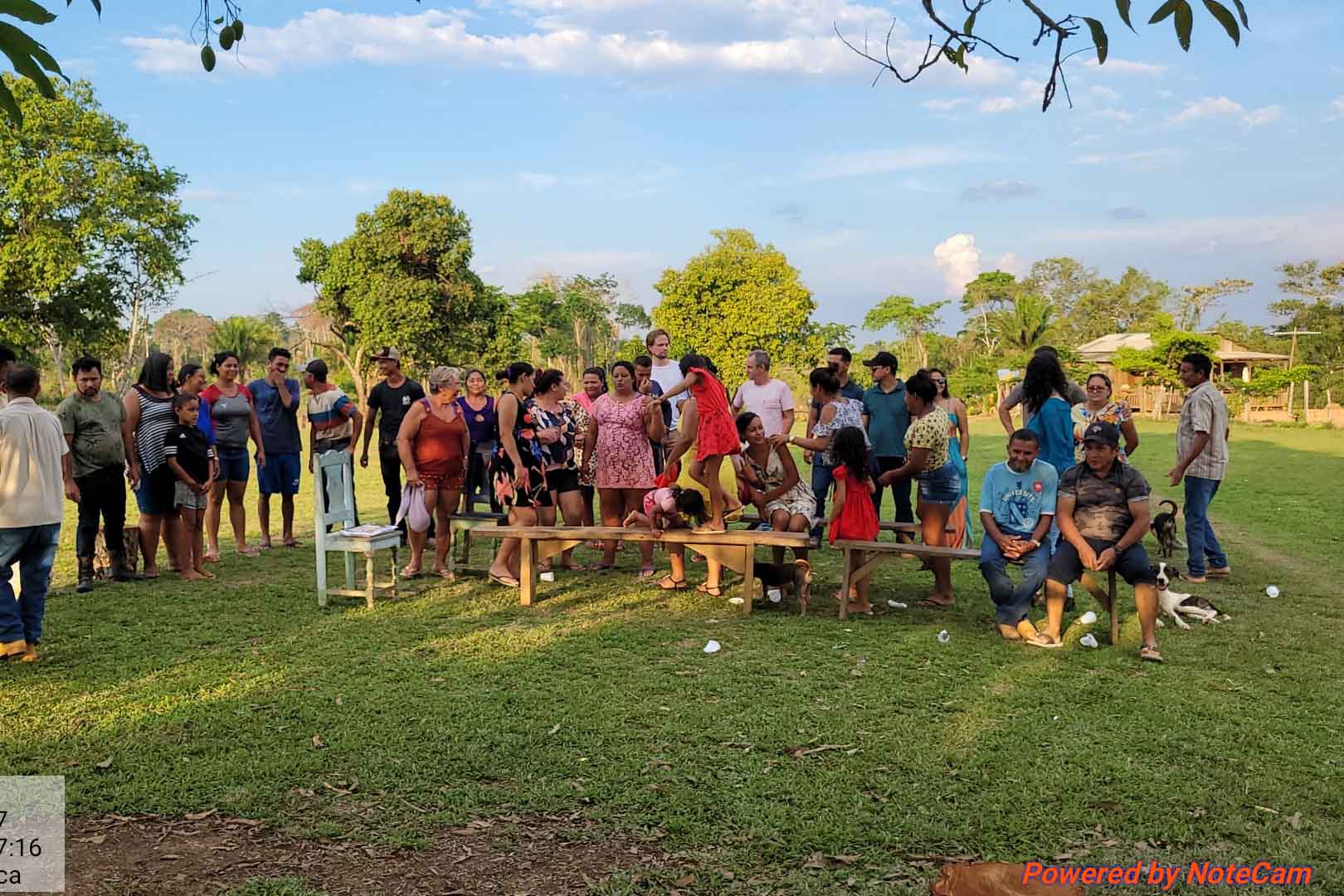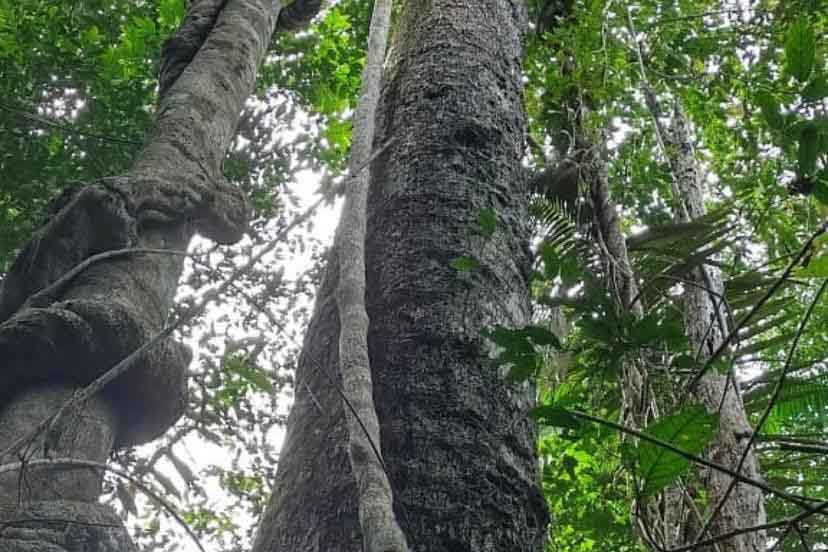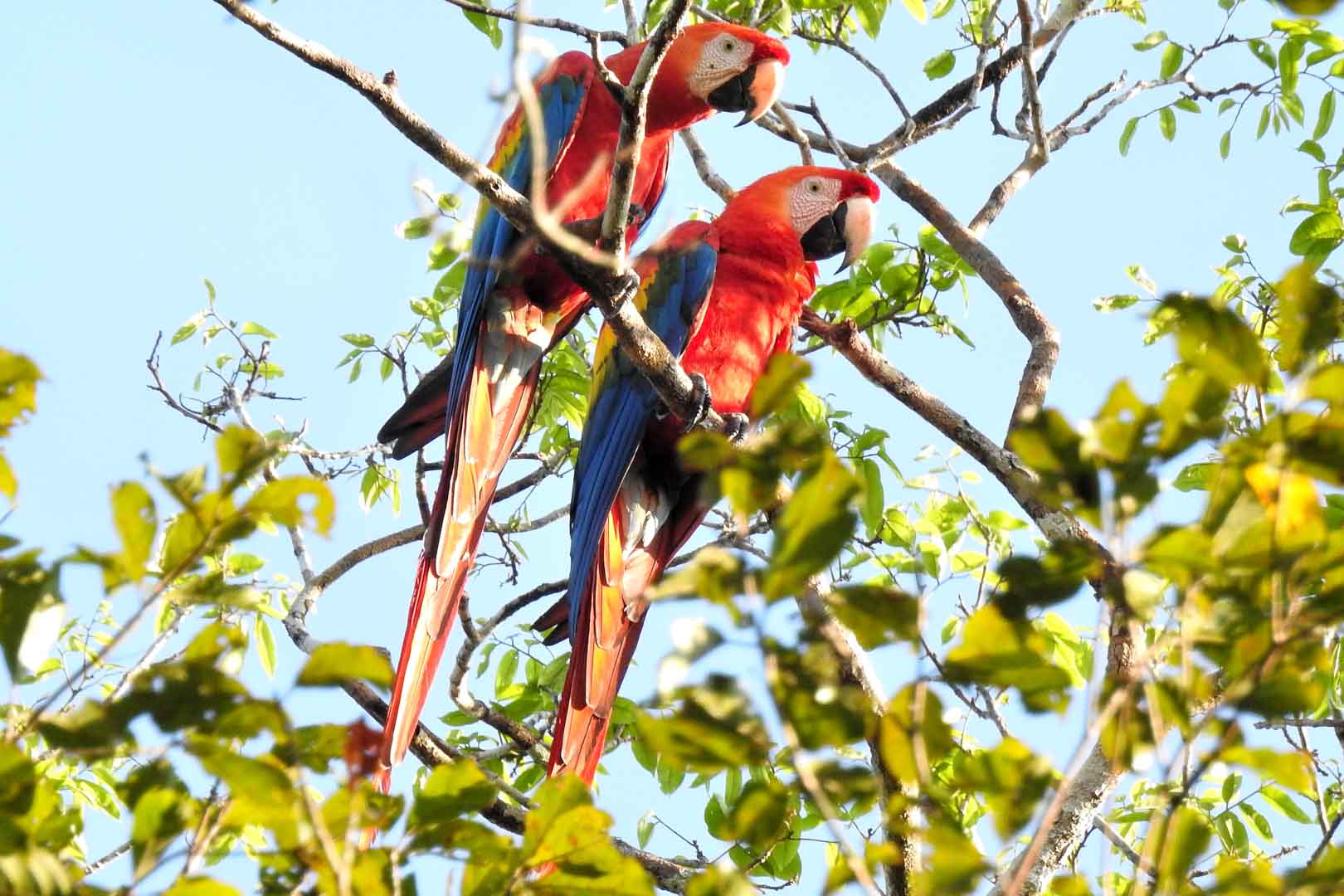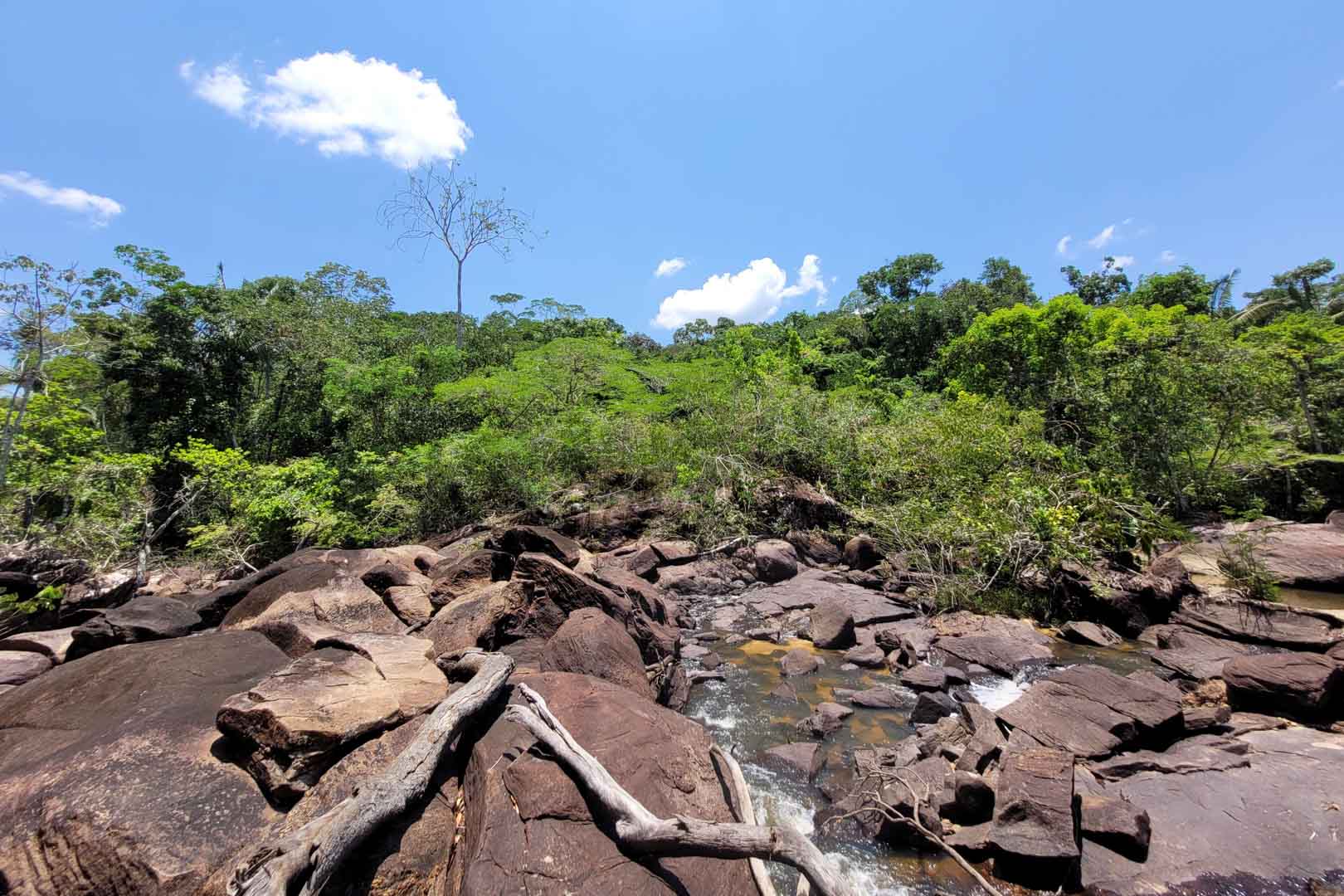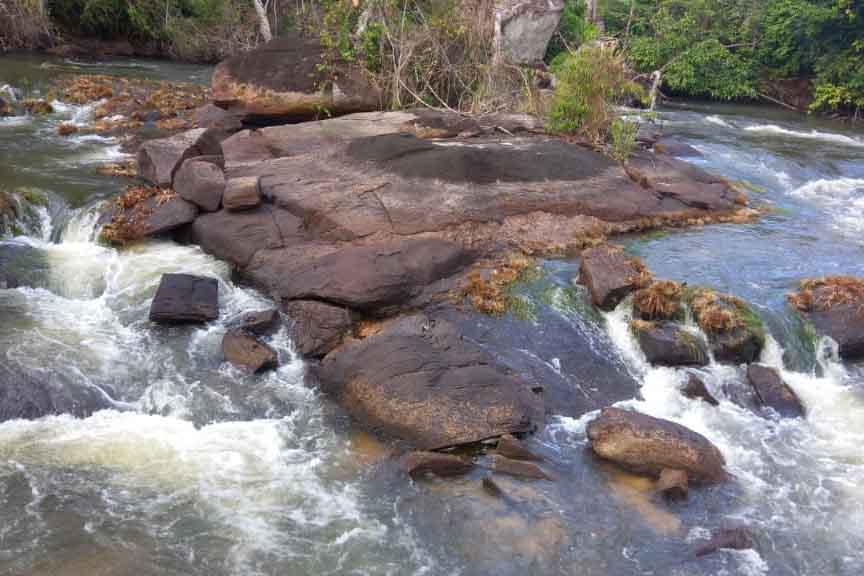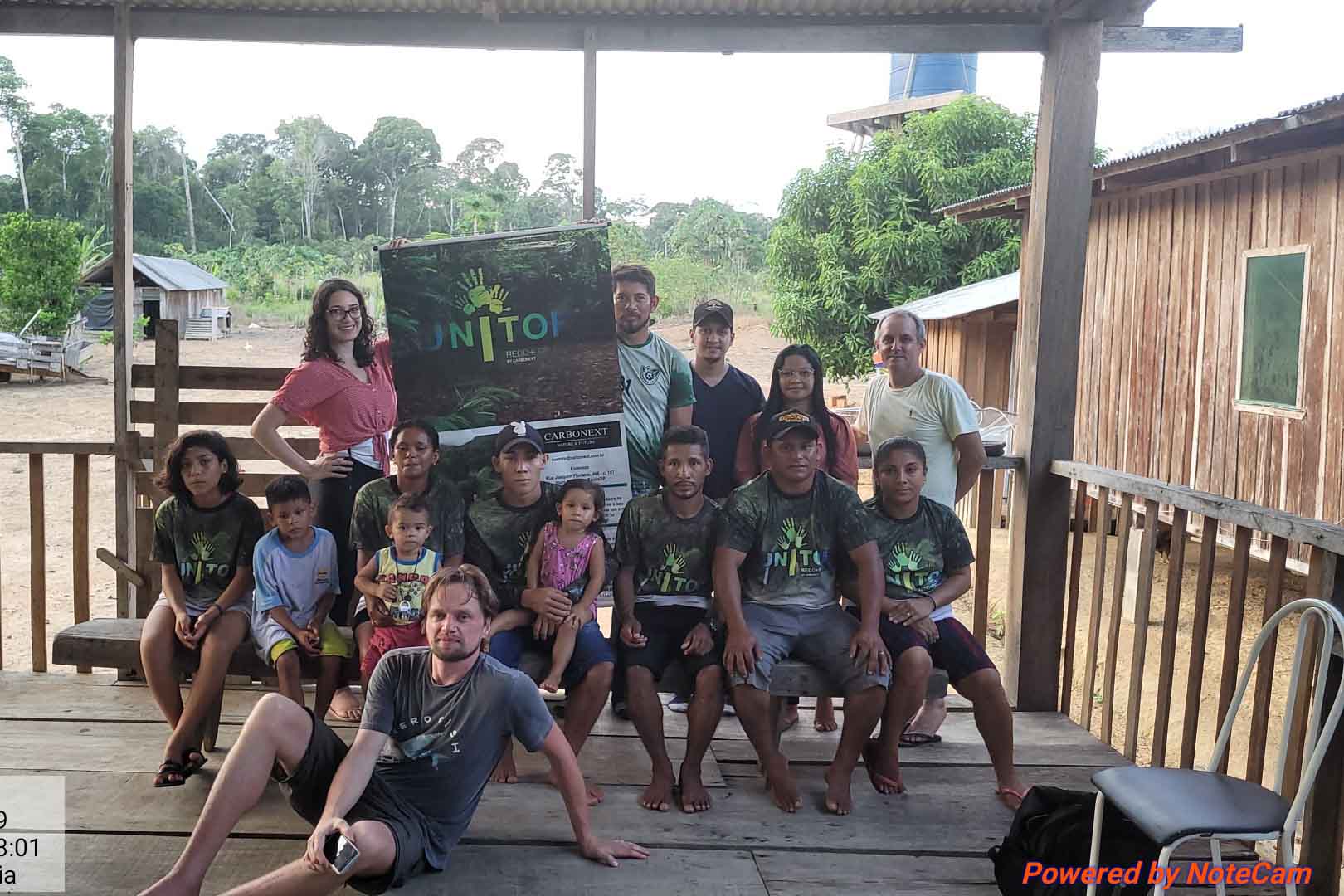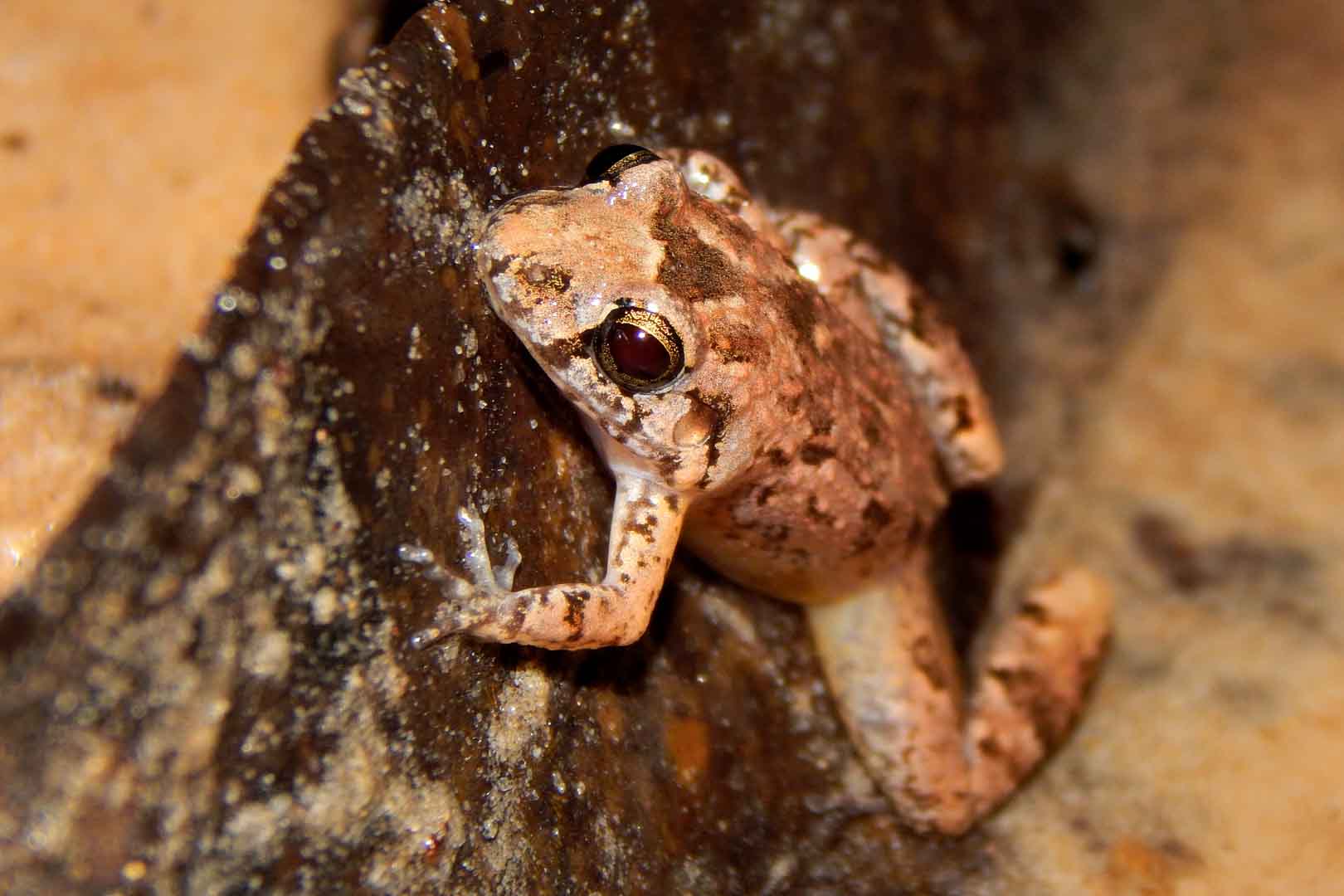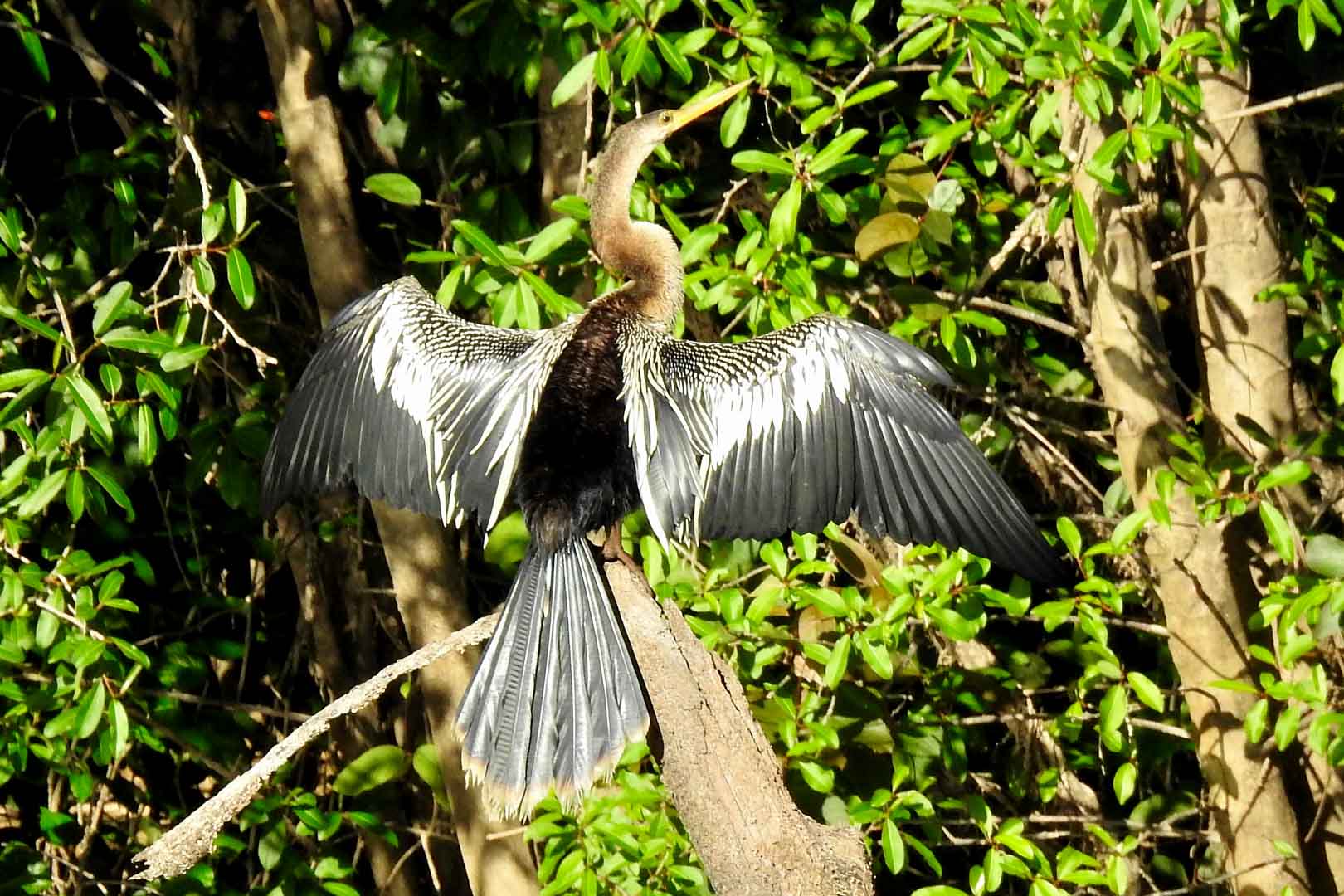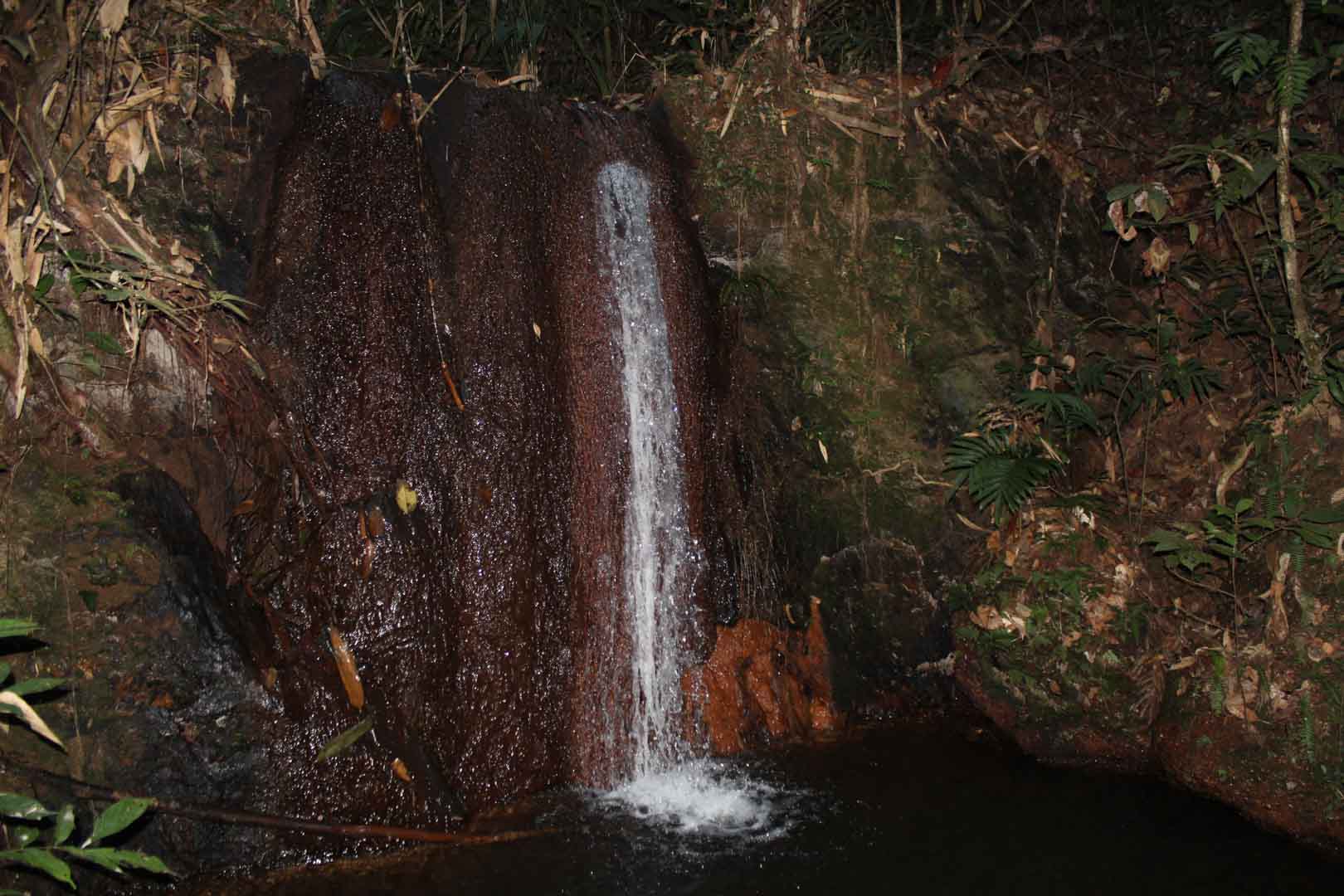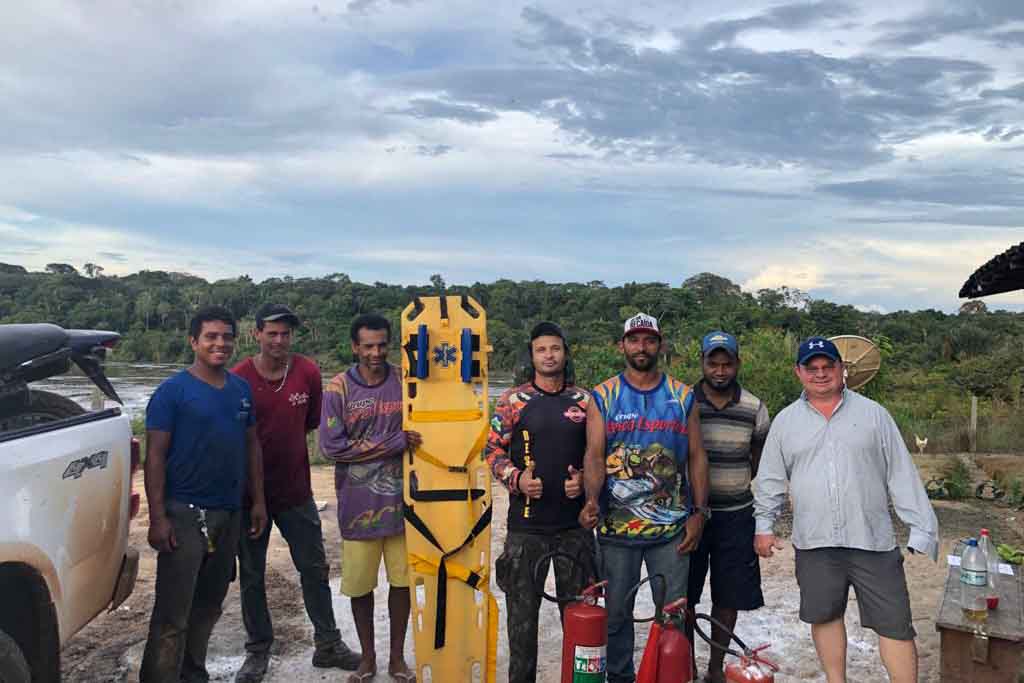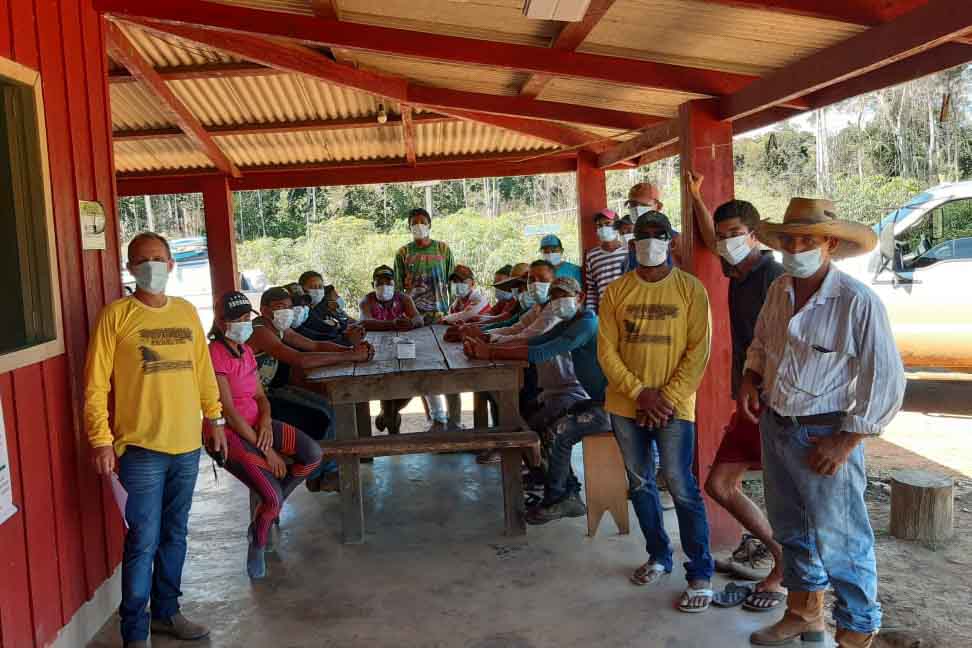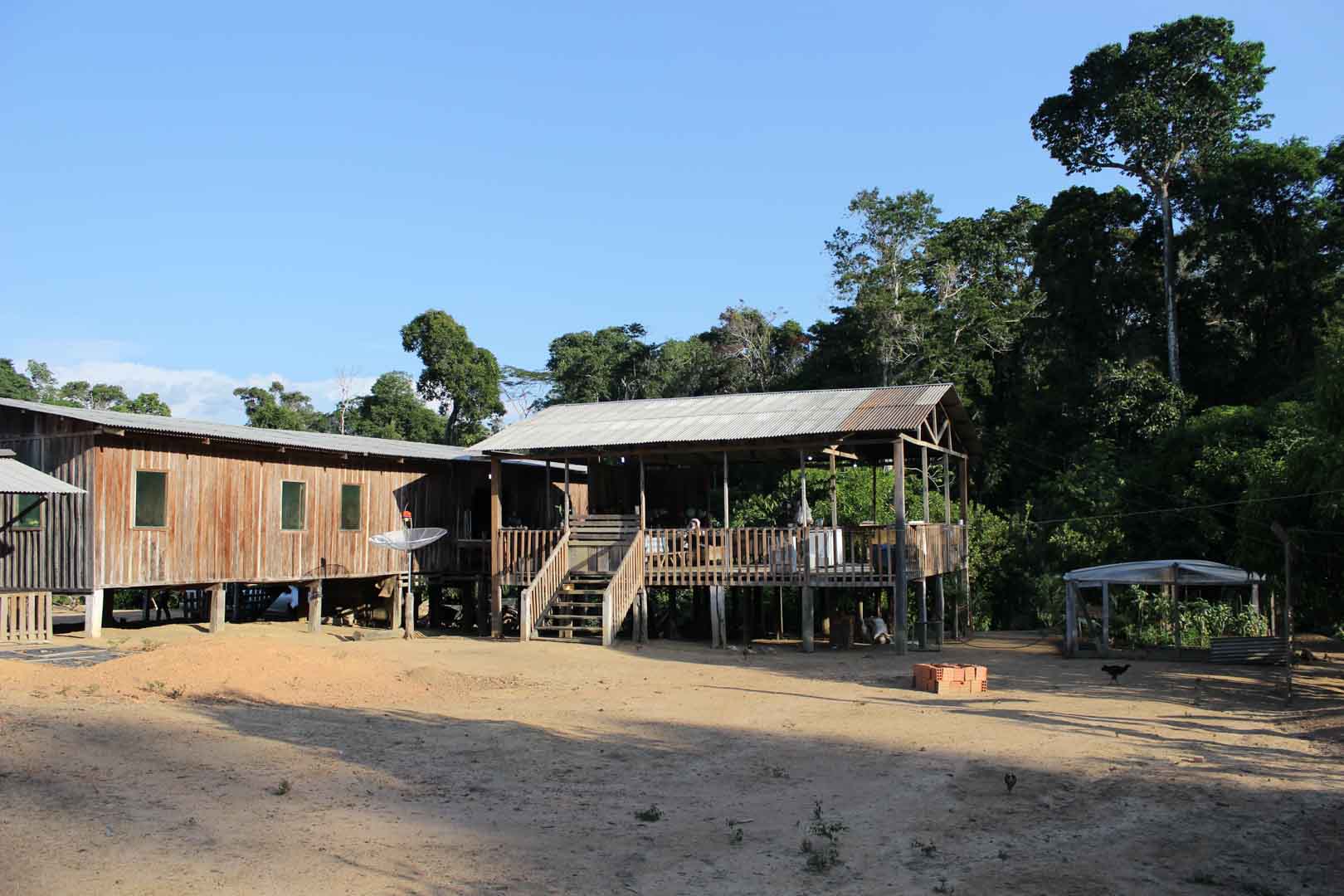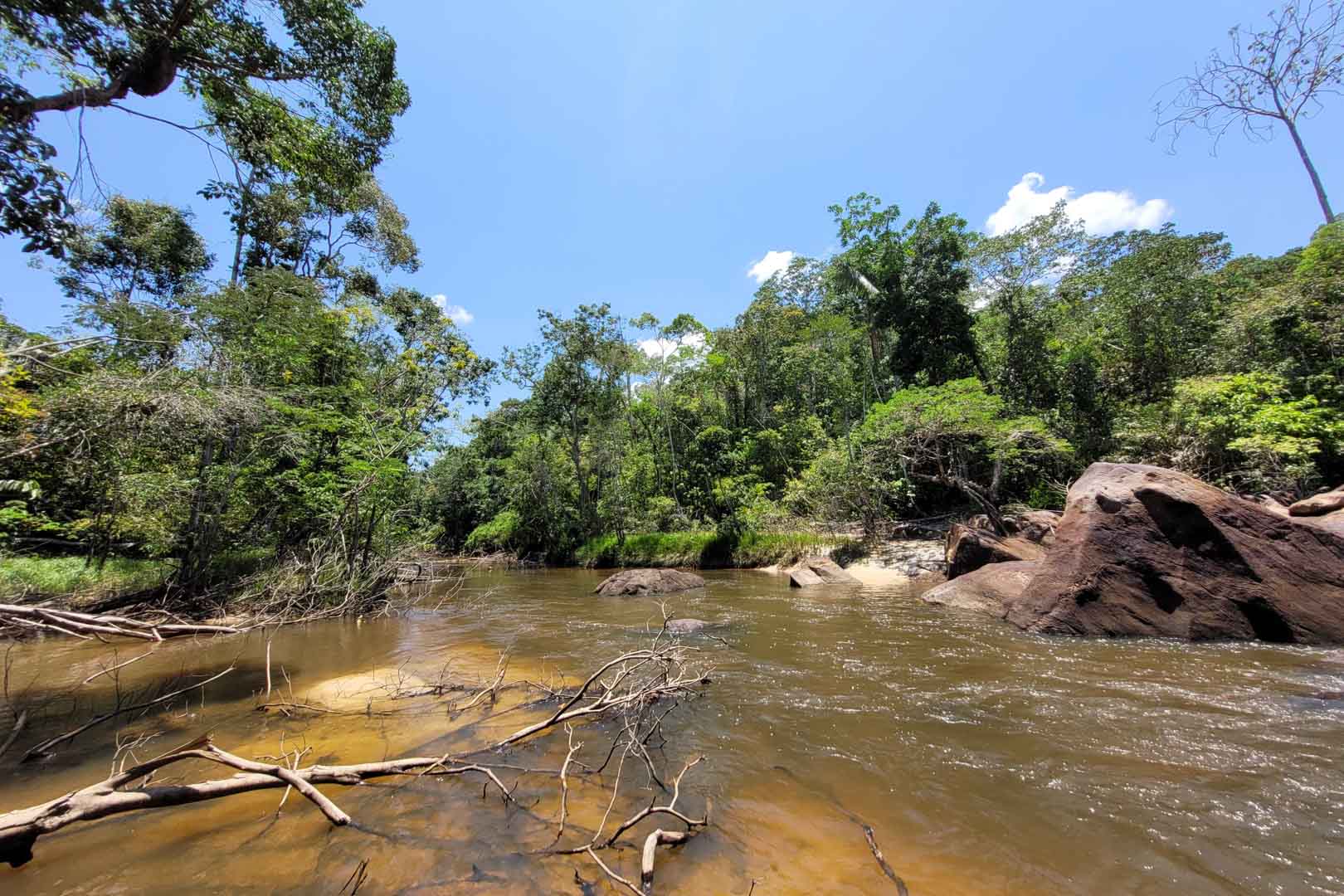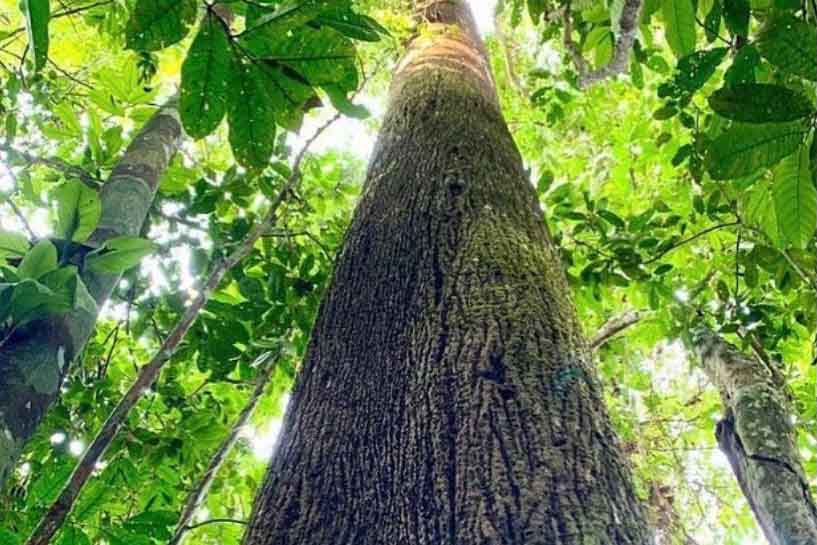Rainforest protection with the involvement of local communities
This climate project protects 99,035 ha of Amazon rainforest, home to a great diversity of plants and animals. The project area is located in Lábrea in the Amazonas state, Brazil. Lábrea had the fourth highest deforestation rate in Brazil between 2008 and 2020 – with a consistent year-by-year increase in deforestation. Natural ecosystems have been damaged and social conflicts have arisen due to land-grabbing, the construction of new roads, and the expansion of agriculture and cattle ranching, contributing to the expulsion of more traditional living communities.
With the help of surveillance activities, the project aims to control deforestation. The project activities also include trainings to educate workers and the local community about fire hazards, sustainable cattle raising, and sustainable forest management. By avoiding deforestation, the project saves about 417,140 tonnes of CO2 per year.
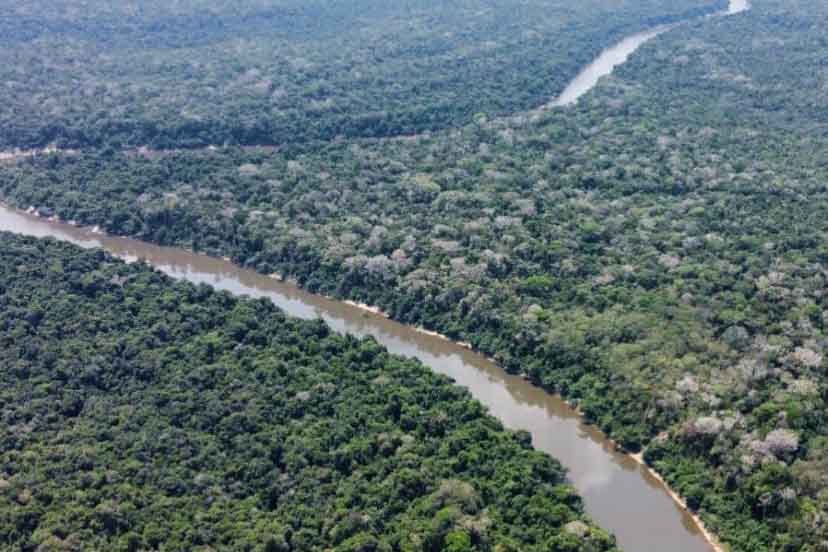
Forests are not only among the planet's most important carbon reservoirs. They also are home to an enormous diversity of species and are the livelihood for all people. However, global forest areas have declined sharply in recent decades due to increasing settlement, agricultural use, illegal logging and mining.
Forest protection projects ensure that forests are preserved in the long term and that the protection of forests is given a higher value than their deforestation. Together with the local population, project participants protect the area from negative influences. To allow for this the projects create alternative sources of income and educational opportunities. Depending on the project region, forests store varying amounts of carbon per hectare. Particularly high amounts of carbon are stored in the vegetation and soil of tropical swamp forests, primary rainforests, or mangroves. Forest protection projects in the ClimatePartner portfolio are registered with international standards.
Explore our projects
Biochar for Climate Action, Healthy Soils, and Better Harvests

A certified climate project combined with additional commitment

Expansion of renewable energy generation in Asia
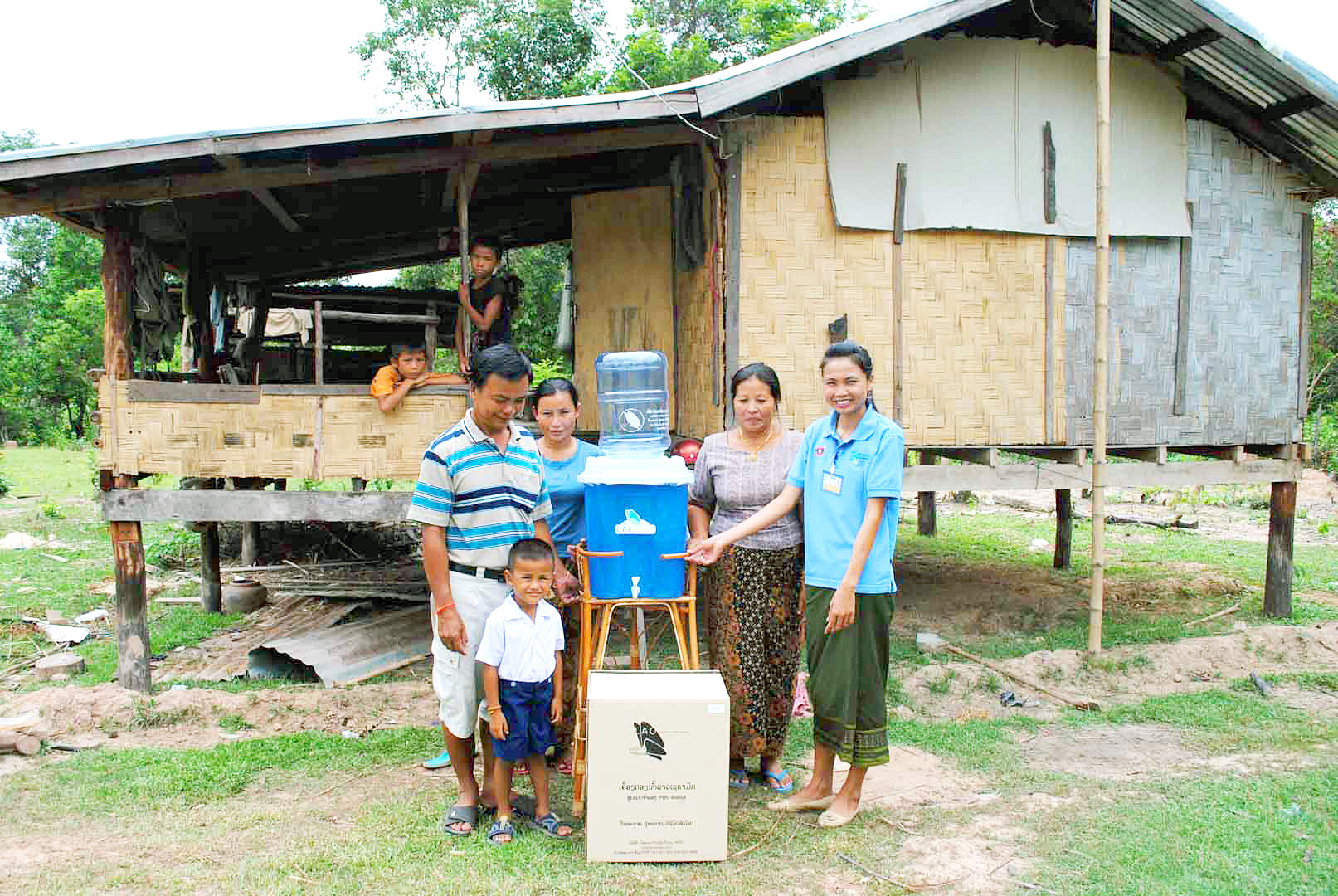
Ceramic water filters save CO2 and improve health
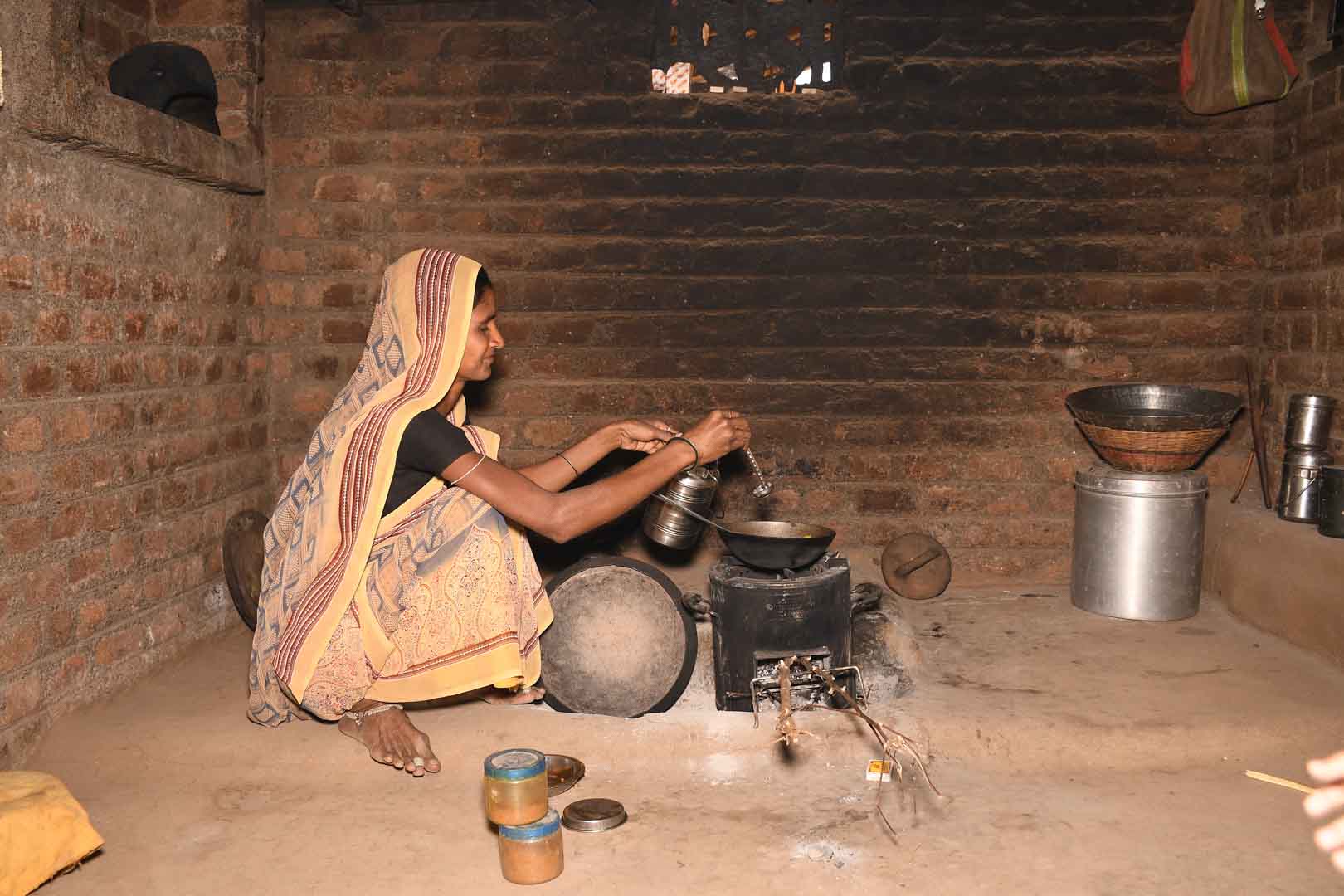
Improved cookstoves worldwide – for better health and cleaner air

A certified climate project combined with additional commitment
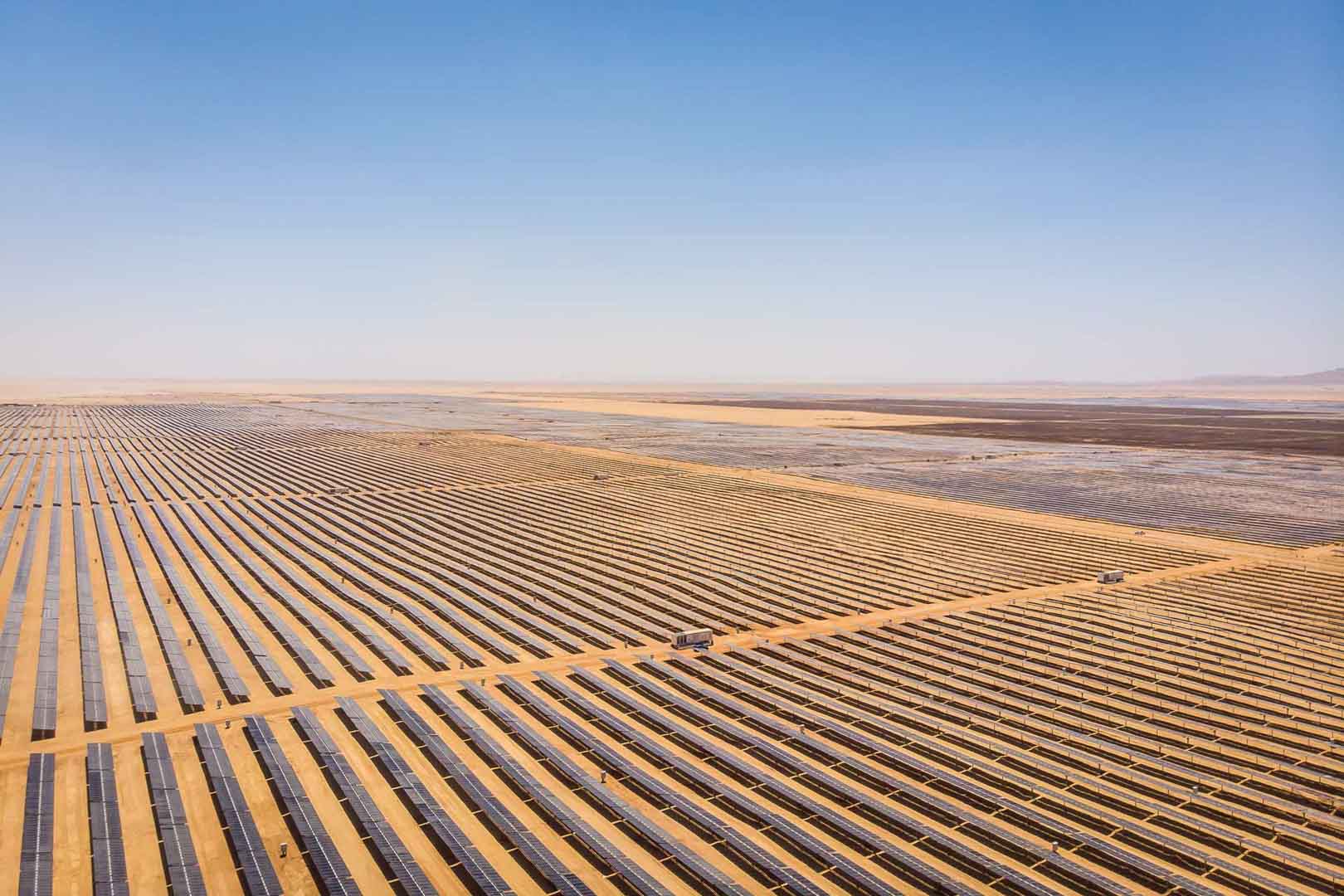
Powering access to renewable energy in Africa
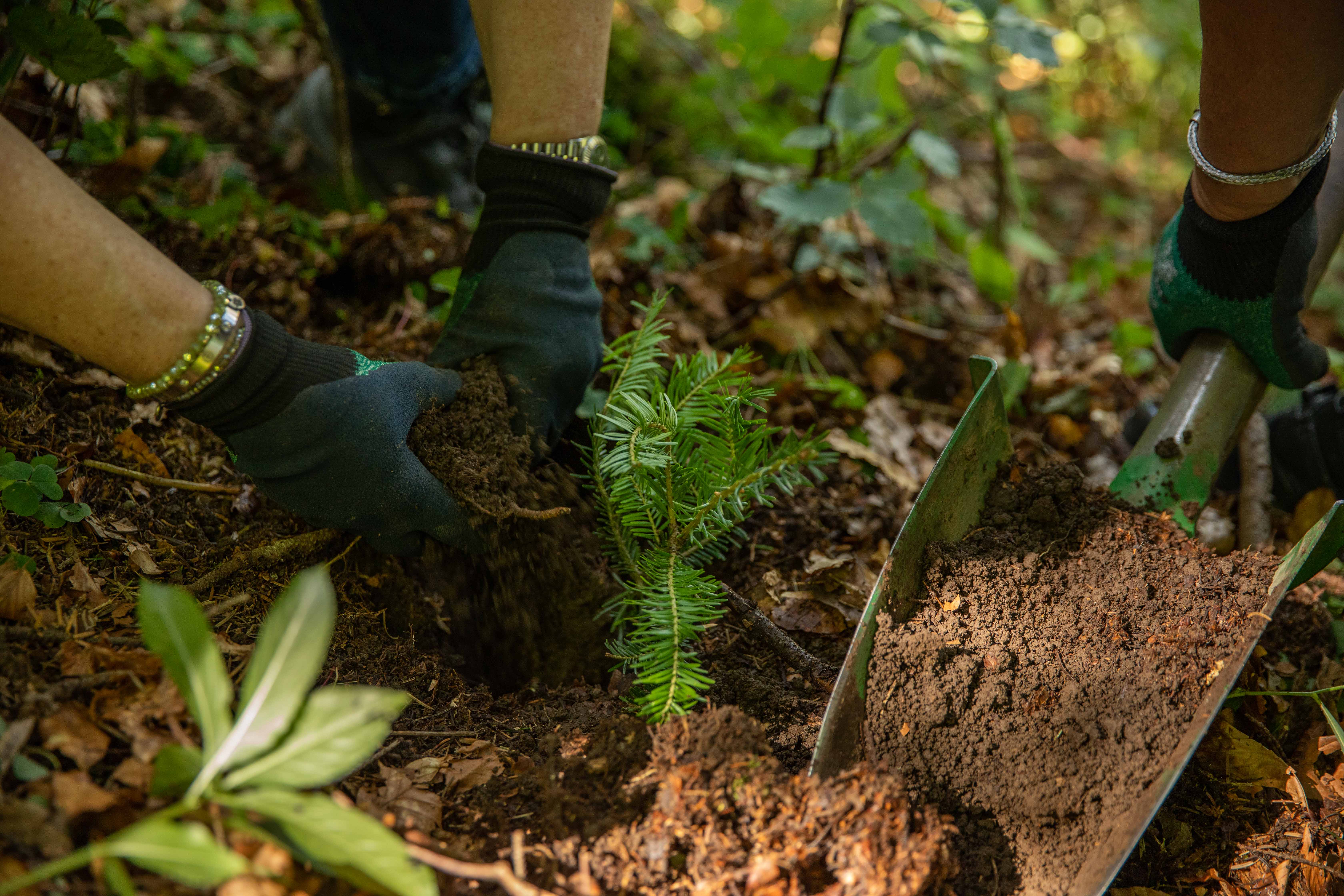
A certified climate project combined with additional commitment
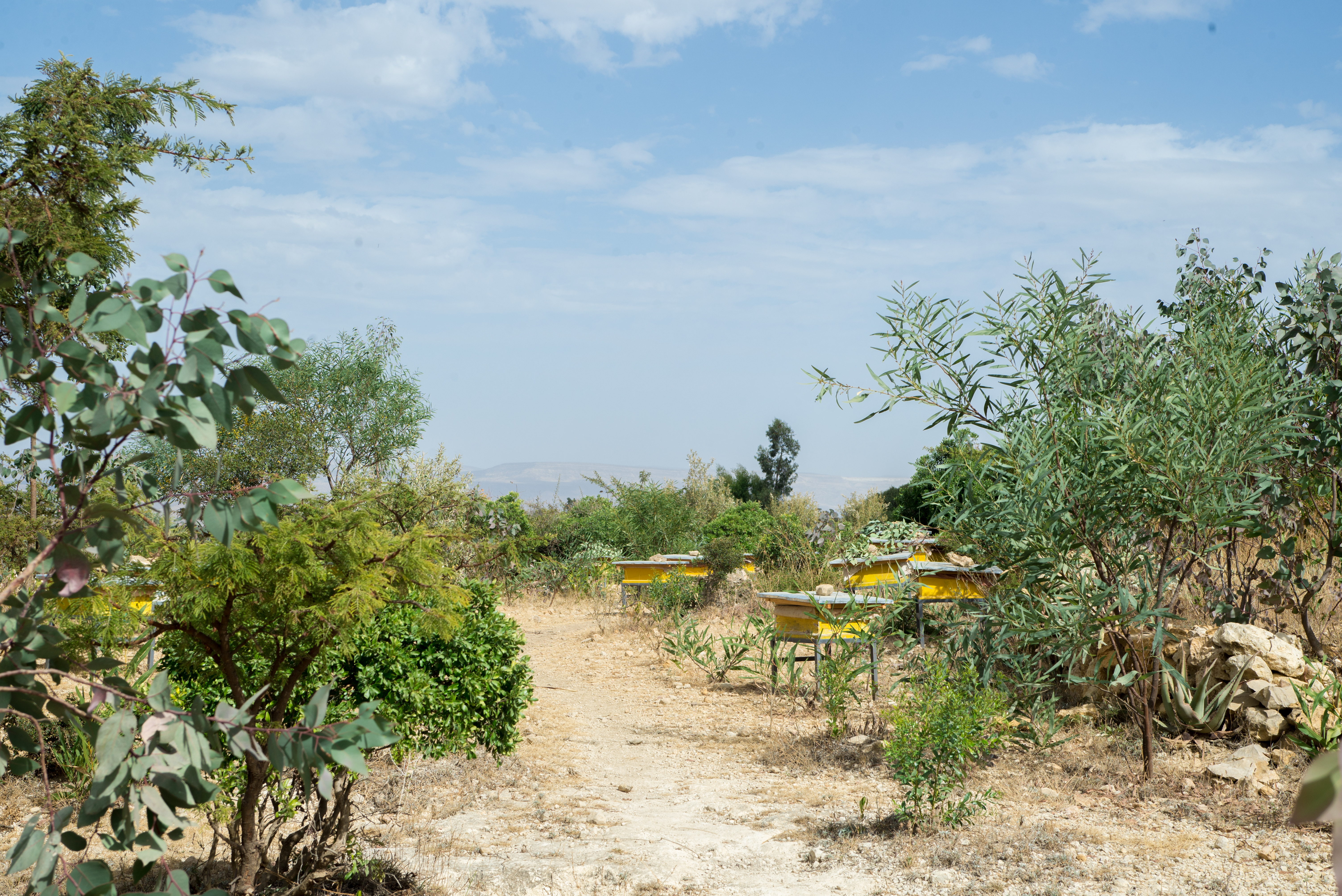
Restored ecosystems remove carbon
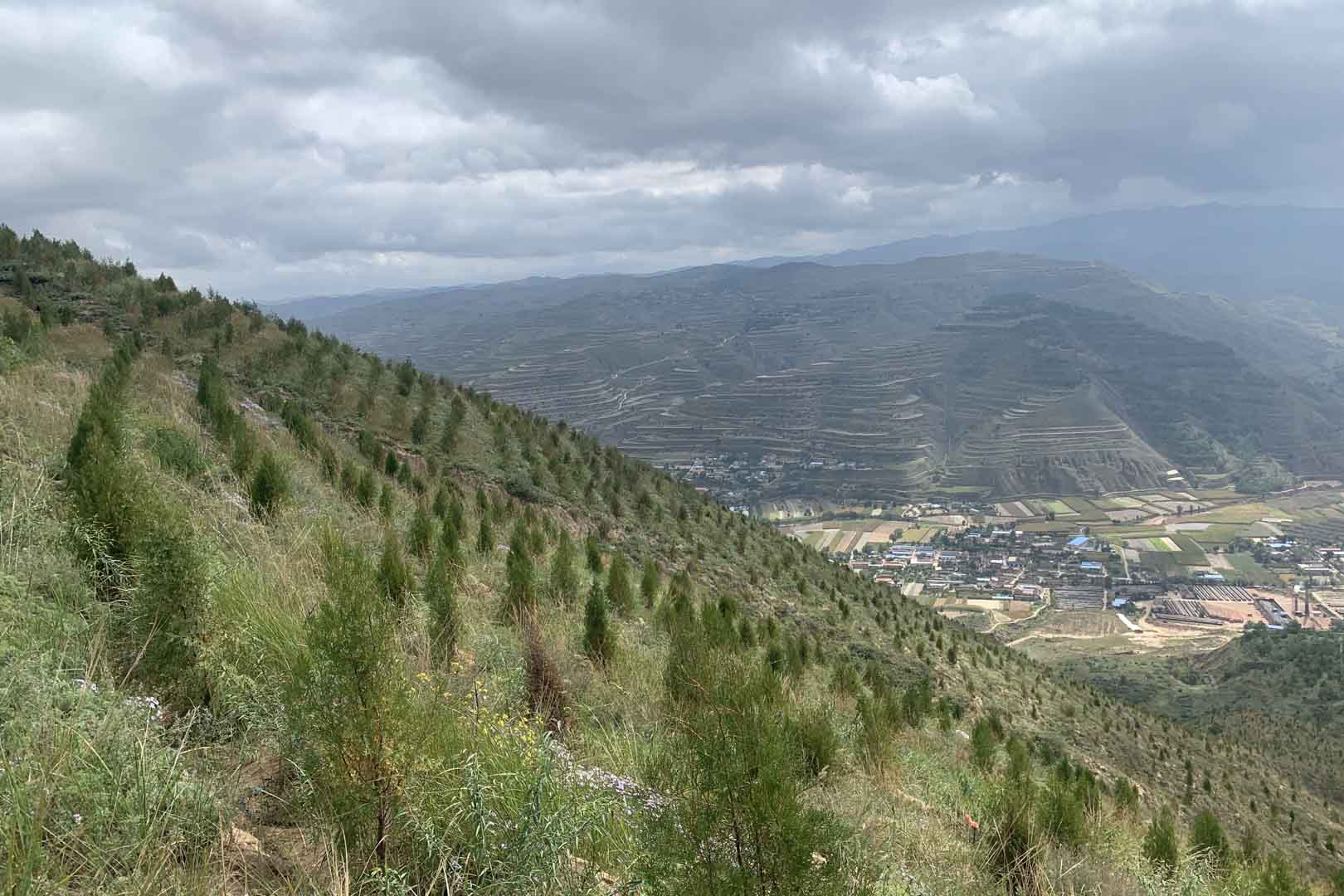
Turning degraded farmlands into healthy ecosystems
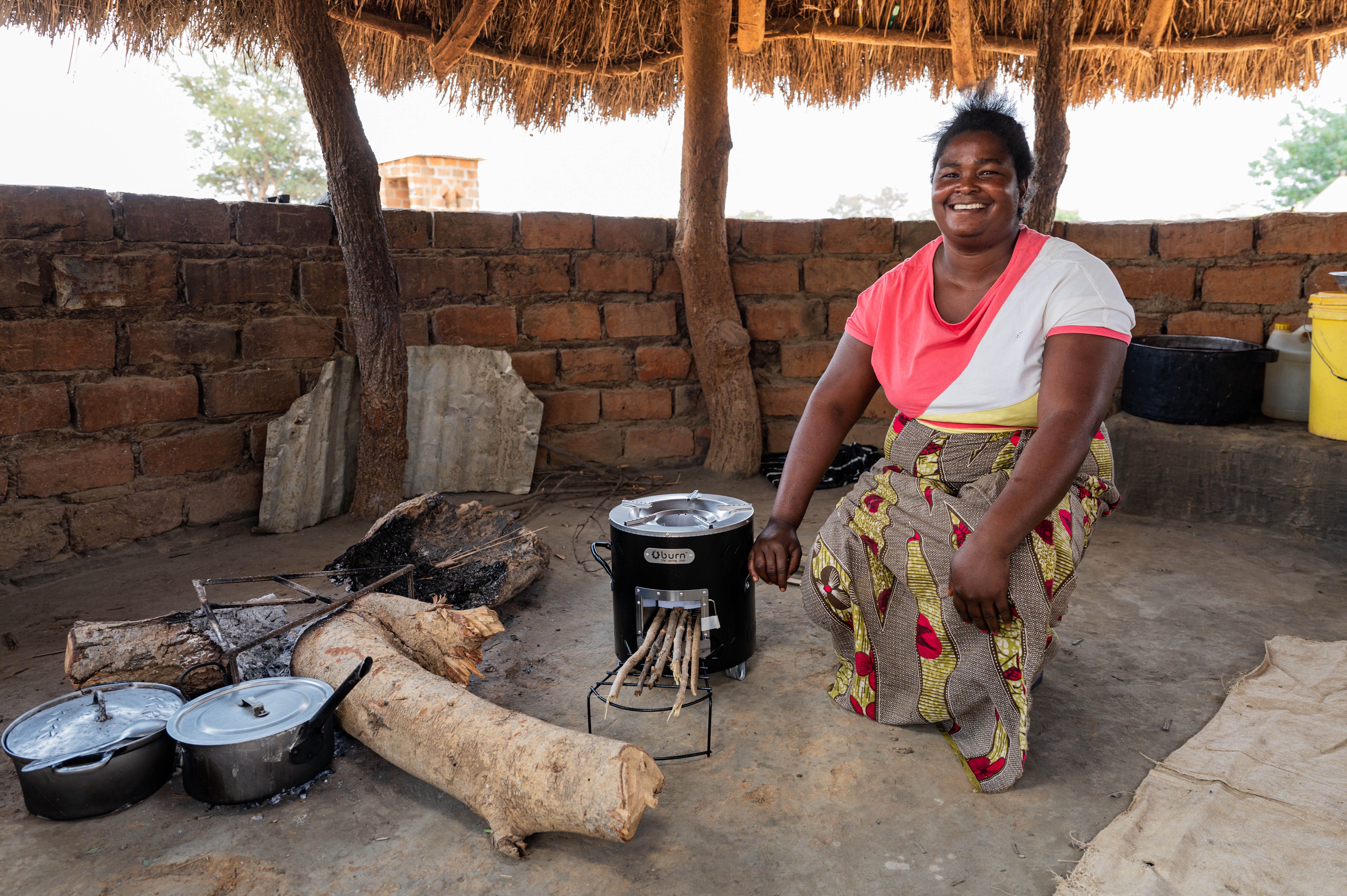
Improved cookstoves - better for health and the environment
